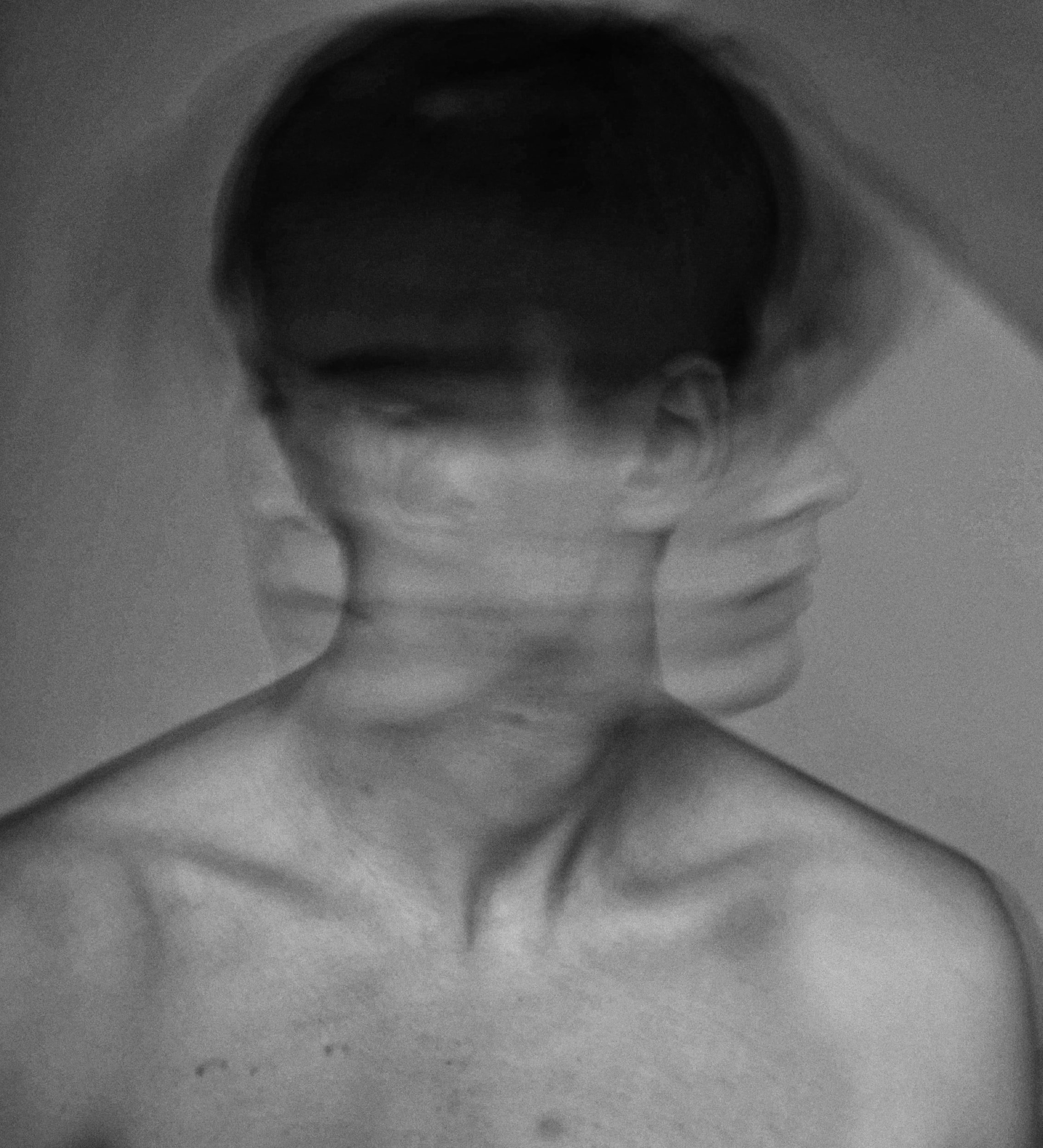One morning in 2009, I stood in front of my bathroom mirror right before I was supposed to get ready for school. As I stared at the ugly, pudgy little girl looking back at me in the mirror and bitterly scrutinized her imperfect features, I noticed that one of the eyelashes on her right eyelid was longer than the others. I leaned closer to the mirror and brushed my index finger lightly over my lash line until I separated that specific eyelash from the rest, then immediately yanked it free without a second thought. I brushed my hair, brushed my teeth, put on my school uniform, and headed downstairs for breakfast. Little did my 9-year old self know that this day would mark the beginning of my downward spiral into the clutches of mental illness.
The next morning, I stood in front of my bathroom mirror again. This time, I noticed that an eyelash on my left eyelid was longer than the rest, so I pulled it out. Then, because I pulled that one out, another eyelash became the longest one, sologicallyI had to pull that one out too to make everything even again. Then, I saw a long eyelash on my right eyelid and tried to pull it out, but my fingertips wouldn’t latch on properly. I scurried over to my dad’s bathroom and grabbed his set of tweezers so I could relieve myself of this frustration. I clamped onto this eyelash with the tweezers and yanked,hard. Ouch. A cluster of five or six eyelashes were pinched between the tweezer clamps, and the mirror showed a noticeable bald patch where those lashes used to be. My heart raced as I ran my fingertip along my lash line and felt the bald spot. I just wanted all of my eyelashes to be exactly the same length, and in order to do that, Ihadto pull out all of the longest ones. I just had to.
As the weeks went by, I pulled out more and more eyelashes until I didn’t have a single one left on either of my top lash lines. I got made fun of at school, and I was a topic of concern among many of my teachers. Because I felt so embarrassed and alone, I began to isolate myself and subsequently lost many of my friends. My parents finally started asking me what was going on, and although they had originally bought the excuse that “I felt like I had an eyelash in my eye so I kept pulling at them until I felt all better and I guess I went too far,” they weren’t buying it anymore. My mom was especially worried since I refused to open up and tell her “what was really going on in my head,” but what she didn’t realize was that I didn’t think I hadanythingreally going on in my head — I truly believed my line of reasoning was logical. Wouldn’t it bother anyone else to see one longer eyelash than the rest?
My parents ended up putting me in therapy, where I was informed that I had developed comorbid trichotillomania and anxiety. People with trich have uncontrollable desires to pull out their body hair (similar to OCD compulsions), and my therapist told me that I was lucky to have only pulled out my top eyelashes as opposed to all of the hair on my head or my eyebrows, like others she had seen with more severe cases.
Following my diagnosis, my therapist took me through a mentally exhausting recovery process to release the grip that my compulsions had on me. She told me we’d implement a 50-day token economy system, in which she would drop a marble into a jar for each day that I didn’t pull out any eyelashes, and at the end of the 50 days I’d be able to get a new stuffed animal. 21 days to break my habit, 21 more days to solidify the breakage, and an extra 8 days for good luck. I knew it would be hard to break a habit this bad, but I knew I wanted that reward even more.
50 agonizing days went by, and I finally got that stuffed animal I wanted. By that time, almost all of my eyelashes had fully grown back, and it never occurred to me to analyze their length in my bathroom mirror ever again.
Although I may be “cured” of my trich, I still grapple with anxiety and frequent obsessive thoughts about my bodily imperfections. I try to preach gratitude and self-love to those around me, but I still sometimes struggle with following my own advice.
It’s incredibly unfortunate — many people struggle with similar issues, but our society isn’t doing much to combat them. Why does the mainstream media tell us that we’re beautiful just the way we are, but then choose to only praise unrealistically perfect body types and Eurocentric facial features? Why do social media users preach body positivity, but then go out of their way to comment on a celebrity’s recent weight gain? Why did many people ignore or ridicule a little girl who pulled out all of her eyelashes instead of ask her what was wrong?
Despite massive progress in recent years, the current level of stigma towards mental illness is still unsettling. However, the best way for us to move forward is to create an ongoing dialogue about mental health with those around us — only then will it be possible to cultivate a supportive environment where folks don’t feel embarrassed to come forward to ask questions or to seek/receive help. It took me years to work up the courage to talk about my experiences with mental illness, and I can tell that it still makes some people uncomfortable to hear me talk so casually about it in conversations. Butthoseare the conversations we have to be having. So don’t wait -- let’s start now.

